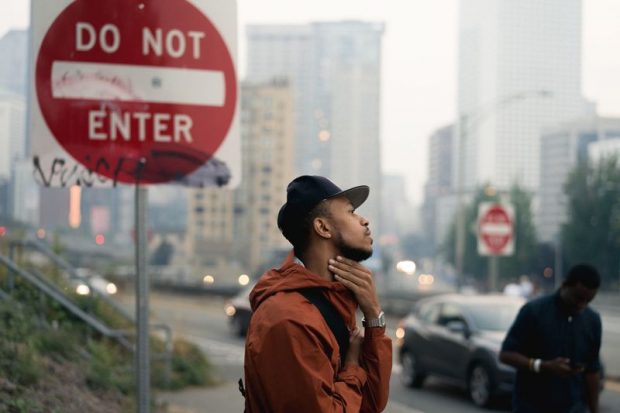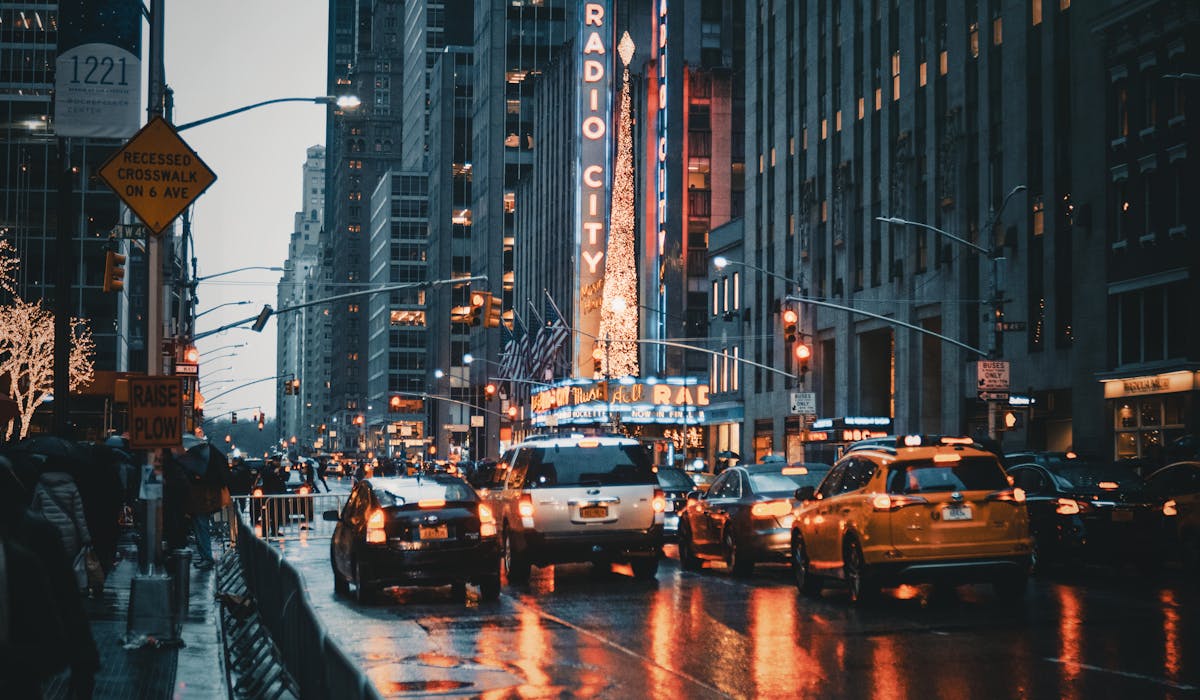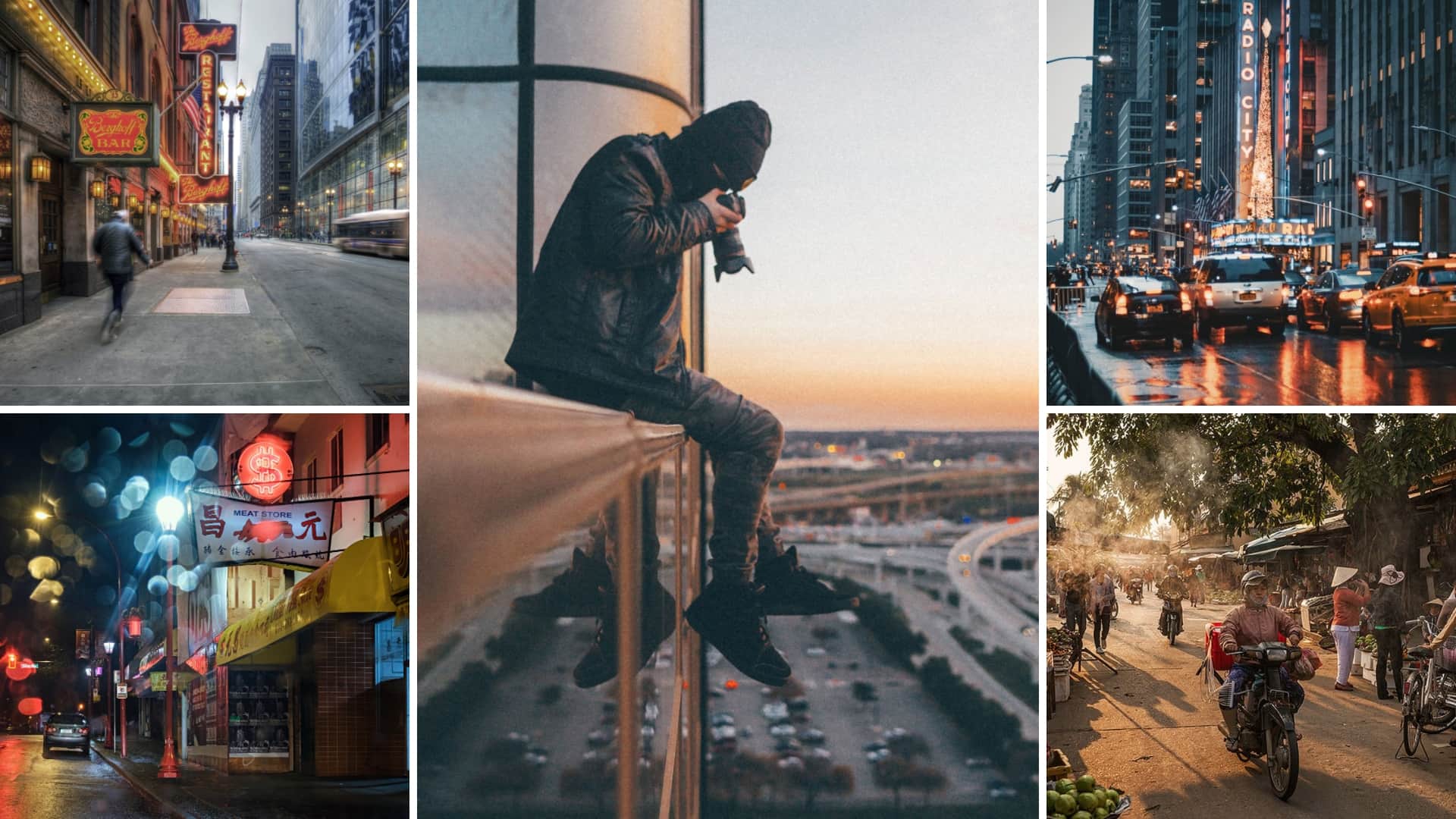An Unbiased View of Framing Streets
An Unbiased View of Framing Streets
Blog Article
What Does Framing Streets Mean?
Table of ContentsNot known Facts About Framing StreetsThe Main Principles Of Framing Streets The Only Guide to Framing Streets8 Easy Facts About Framing Streets ExplainedHow Framing Streets can Save You Time, Stress, and Money.Little Known Questions About Framing Streets.
, generally with the aim of catching pictures at a definitive or poignant moment by cautious framing and timing. https://ameblo.jp/framingstreets1/entry-12836078313.html.
The 6-Minute Rule for Framing Streets
Susan Sontag, 1977 Road photography can concentrate on individuals and their actions in public. In this respect, the street professional photographer resembles social documentary photographers or photographers that likewise operate in public places, however with the goal of catching relevant occasions. Any of these photographers' pictures might catch individuals and residential or commercial property noticeable within or from public places, which often involves browsing ethical problems and regulations of personal privacy, protection, and home.
Depictions of day-to-day public life develop a genre in almost every duration of world art, starting in the pre-historic, Sumerian, Egyptian and very early Buddhist art periods. Art taking care of the life of the road, whether within views of cityscapes, or as the leading concept, appears in the West in the canon of the North Renaissance, Baroque, Rococo, of Romanticism, Realism, Impressionism and Post-Impressionism.
The 30-Second Trick For Framing Streets
Louis Daguerre: "Blvd du Temple" (1838 or 1839) In 1838 or 1839 the initial photograph of figures in the street was videotaped by Louis-Jacques-Mand Daguerre in one of a pair of daguerreotype sights drawn from his studio home window of the Boulevard du Temple in Paris. The 2nd, made at the height of the day, reveals an unpopulated stretch of street, while the other was taken at concerning 8:00 am, and as Beaumont Newhall reports, "The Blvd, so frequently full of a relocating throng of pedestrians and carriages was flawlessly singular, other than an individual that was having his boots cleaned.
, that was influenced to undertake a wikipedia reference similar documentation of New York City. As the city created, Atget aided to advertise Parisian roads as a worthwhile topic for photography.

The Definitive Guide for Framing Streets
Between 1946 and 1957 Le Groupe des XV each year showed job of this kind. Andre Kertesz. Circus, Budapest, 19 May 1920 Road digital photography formed the significant content of two exhibits at the Gallery of Modern Art (Mo, MA) in New york city curated by Edward Steichen, 5 French Professional Photographers: Brassai; Cartier-Bresson, Doisneau, Ronis, Izis in 1951 to 1952, and Post-war European Digital Photography in 1953, which exported the concept of road photography internationally.

8 Easy Facts About Framing Streets Described
, then a teacher of young kids, connected with Evans in 193839.'s 1958 book,, was considerable; raw and frequently out of focus, Frank's pictures questioned conventional photography of the time, "challenged all the official regulations laid down by Henri Cartier-Bresson and Pedestrian Evans" and "flew in the face of the wholesome pictorialism and heartfelt photojournalism of American magazines like LIFE and Time".
Report this page